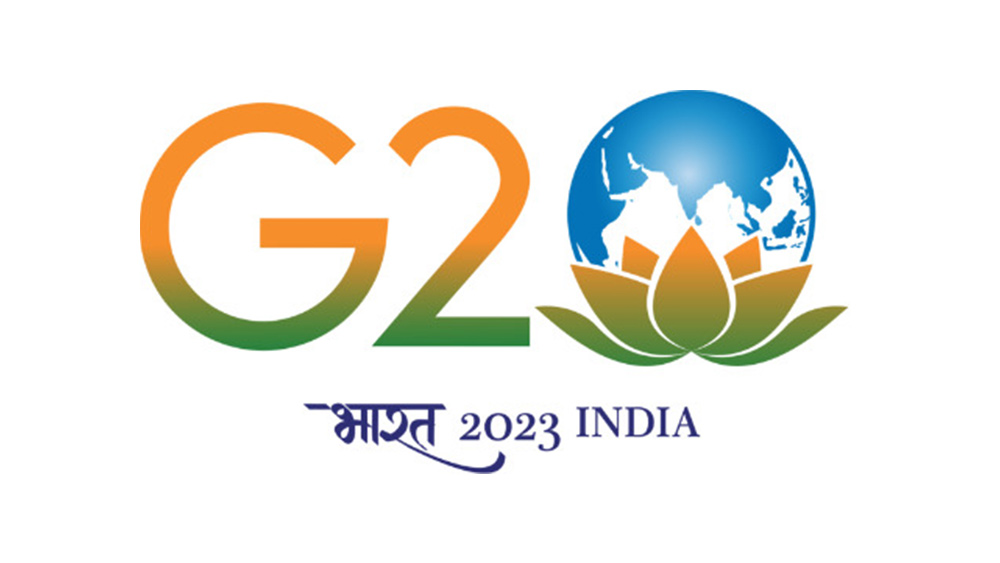A memorandum of understanding (MOU) is a written agreement between parties that expresses their aligned will. This type of document also details the intent of a common line of action. A memorandum of understanding can be bilateral (between two parties) or multilateral (between more than two parties).
You can think of a memorandum of understanding as a way for all parties to express that they agree to proceed with their mutual goals. An MOU indicates that the parties have reached an understanding and are ready to move forward. Though an MOU is not legally binding, it serves as a serious declaration that a binding contract is imminent.
On the scale of formal agreements, a memorandum of understanding is less formal than a contract but more formal than a handshake. A memorandum of understanding may sound a lot like a contract, but there are significant differences. For example, a contract is a private written agreement, and unlike an MOU, it is legally binding and enforceable by a judge.
The memorandum of understanding document is most often found in international relations. However, it is a common device in business negotiations as well.
You may see this type of document referred to by a few different names. Common names for a memorandum of understanding include:
- MOU
- MoU
- Memorandum of Understanding Form
- MOU Agreement




